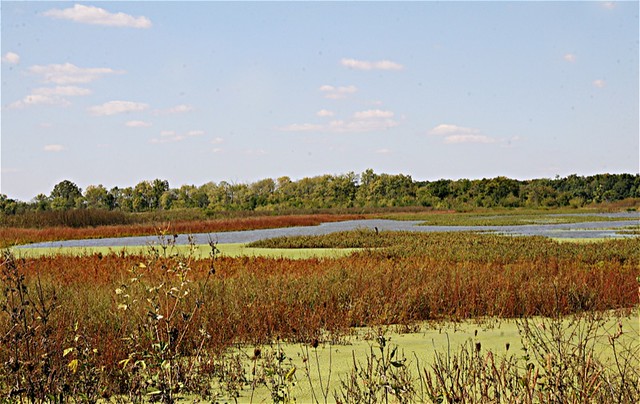Today – Everyone is Irish.
Happy
St. Patrick’s Day to all. Today is the day of
parades, pipers and dancers. It’s also Still under the sign of Pisces, the
Dreamer. I have yet to write a story geared strictly to the Pisces Character,
but two will be coming in the future. But I’ll throw in a cover or two of
several of my books. Then I’ll talk about the parades I know about.
I
live not far from New York City
The New
York City St. Patrick’s Parade is the oldest and largest St. Patrick’s Day
Parade in the world. The first parade was held on March 17, 1762 — fourteen
years before the signing of the Declaration of Independence.
The parade
is held annually on March 17th* at precisely 11:00 AM in honor of St. Patrick,
the Patron Saint of Ireland and of the Archdiocese of New York. The parade
route goes up Fifth Avenue East 44th Street East 79th Street
From its
earliest days, right up to the present, the NYC St. Patrick’s Day Parade has
been run entirely by volunteers, many of whom come from generations of families
dedicated to the organization of the parade. It takes months of preparation and
countless hours to run the world’s oldest and largest parade. We could not do
it without the commitment of these great women and men.
The NYC Saint Patrick’s Day Parade is a registered
501(c)(3) non-profit organization.
Just around the corner from where I live, the town of Pearl River
The Rockland County Ancient Order of Hibernians St.
Patrick’s Parade Pearl River will be taking place in Pearl
River on Sunday March 18, 2018 at 1:30 PM Rain or
Shine.
The parade leaves from the Pfizer parking lot,
turning east onto E Crooked Hill
Road N. Middletown Rd E Central Ave South Main
Street Pearl River
area are subject to closure up to 1 hour prior to the start of the parade. On
street parking is available in the Pearl River
area, but please check for any full time or temporary parking restrictions for
that roadway prior to leaving your car. Any parked vehicles that are
found to impede emergency response or endanger public safety are subject to be
ticketed and towed. Please ensure that you park properly and legally.
Handicapped parking will be available in the Parking Lot of the Key Bank at 93 N. Middletown Road N. William St E Washington Ave.
No. 2 Chapter 10 states: Open bottles or
containers in which there is an alcoholic beverage are prohibited by law.
There is one more parade I know a bit about since my
daughter lives in Savannah
The
Parade will be held Rain or Shine!!
The St.
Patrick’s Day Parade in Savannah Savannah
My
son-in-law says it’s a real holiday. They have viewing stands and also a
magazine.
So that’s my
bit about St. Patrick’s Day Parades. If
you know of others drop a note and tell me about them.









![Wynter's Way by [Stover, Karla]](https://images-na.ssl-images-amazon.com/images/I/51vn%2B9FXsEL._SY346_.jpg)








.jpg)

